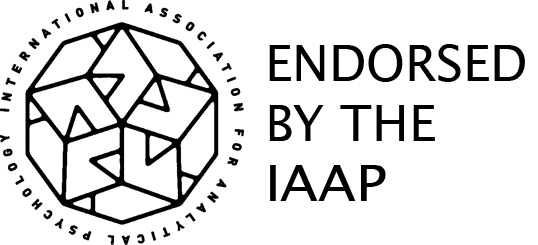The story of psychoanalysis began with men trying to understand women through the study of hysteria and more significantly through the lens of male experience, with male experience being seen as the “norm.” In the hundred years since the inception of psychoanalysis, many of Freud’s theories have been challenged, re-described, abandoned and indeed defended in bitter battles.
With a striking consistency, there is a remarkable disappearing act that takes place for the women who have taken part in these battles and more importantly, their contributions have been dismissed or relegated to a “special interest”. The fact that writers who challenge the role of women in psychoanalysis either self-label as feminist, or are labelled as feminists, reflects that the mainstream remains non-representative of women’s experiences. The question in this is does this mean that mainstream psychoanalysis is inherently misogynistic, where the male experience is still taken to be the “norm?”
In psychoanalysis, misogyny lives in plain sight, seemingly above and beyond the usual conventions of workplace etiquette or even a vague awareness of sexism. Ironically, for a field whose main currency is reflection, the different treatment of women is often over-looked as it is interwoven into psychoanalytic theory.
It is common place in psychoanalytic literature and in the presentation of case studies for a description of the, usually female, analysand’s attractiveness to be given as a diagnosis rather than an opinion, for the word ‘feminine’ to be used as a synonym for submission, for psychosexual development to miss the glaringly obviously important stage of menstruation, for a child’s development to be modelled on the theory of male psychosexual development as described by Freud, for women to still be described in terms of their loss of not having a penis but gaining a baby – not a vagina, and for the fundamental experiences of pregnancy, birth and menopause to continue to be overlooked.
This course addresses these issues to give a contemporary understanding of the role misogyny plays in psychoanalysis and how it can be addressed. It invites you to think about how women are seen and treated in psychoanalysis; to understand the historic impact and explore the current implications for clinical treatment for all genders.



